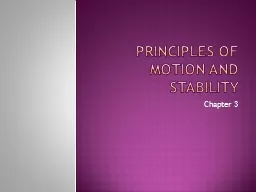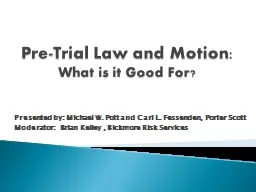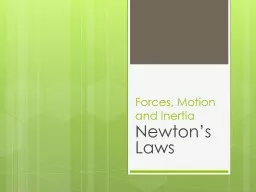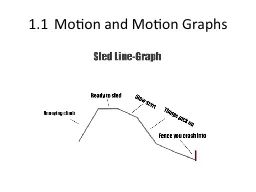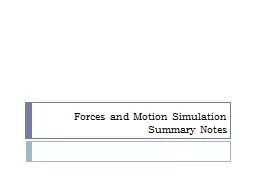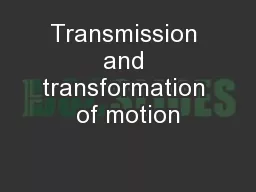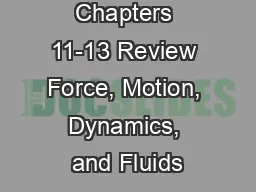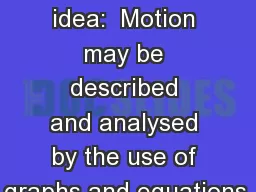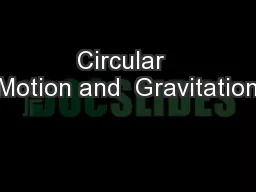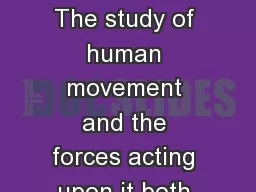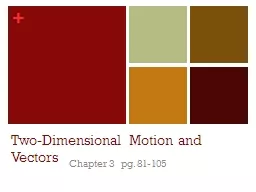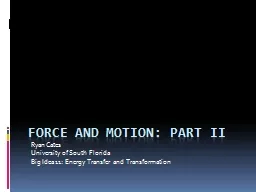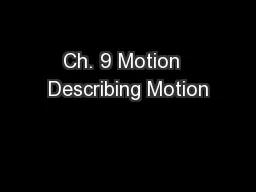PPT-Principles of Motion and
Author : cheryl-pisano | Published Date : 2018-01-08
STability Chapter 3 Movement Principles can be applied to a variety of movements to improve performance Sir Isaac Newtons 3 Laws of Motion inertia An object at
Presentation Embed Code
Download Presentation
Download Presentation The PPT/PDF document "Principles of Motion and" is the property of its rightful owner. Permission is granted to download and print the materials on this website for personal, non-commercial use only, and to display it on your personal computer provided you do not modify the materials and that you retain all copyright notices contained in the materials. By downloading content from our website, you accept the terms of this agreement.
Principles of Motion and: Transcript
Download Rules Of Document
"Principles of Motion and"The content belongs to its owner. You may download and print it for personal use, without modification, and keep all copyright notices. By downloading, you agree to these terms.
Related Documents

